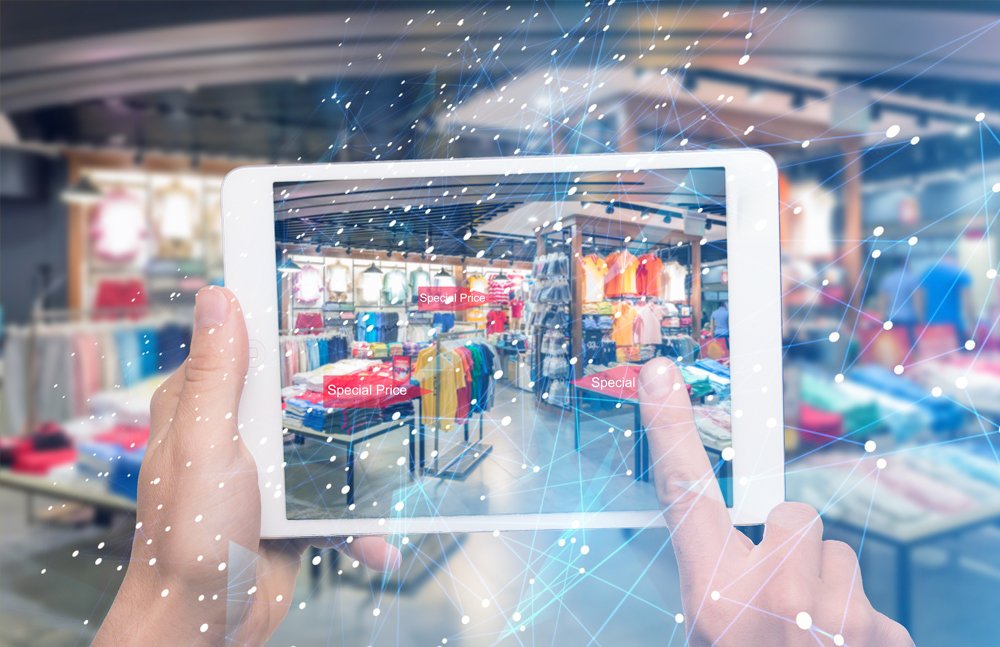Technology is now ingrained in our daily lives. Today’s supermarkets are no exception; they resemble an integrated e-commerce platform rather than a real store. Sophisticated technology such as image recognition for retail or artificial intelligence image recognition can be exceptionally beneficial for the stores. A grocery shop employee may scan your purchase from the main website using artificial intelligence. They can also check through your basket to see if they have what you’re searching for with image recognition software. Softer AI is allowing companies to give their shops eyes, whether it’s for inventory management, sales prediction or increasing consumer interaction in-store.

Here are six benefits of AI backed image recognition technology in grocery –
· Monitor retail out-of-stocks
The frequency of out-of-stocks in stores has plagued the offline retail business for far too long, costing the industry billions of dollars every year. While a customer refuses to buy a substitute when an item is out of stock, the store loses the transaction altogether around half of the time. Many companies utilise Retail Intelligence to keep track of when a product is out of stock at a shop, but it takes a lot of human work. Depending on the retail intelligence automation supplier, automated retail intelligence may identify everything from out-of-stocks and planograms to incorrect product placement and vacant areas on a shelf.
· Taking over offline retail
As artificial intelligence (A.I.) becomes more prevalent in the internet world, it’s only natural that we’ll see it in stores as well. Retailers and vendors can benefit from automation in their Retail Intelligence processes and technologies, especially in areas of retail that directly influence the customer’s purchase experience.
· Increased customer interactions
Artificial intelligence (A.I.) is a relatively recent technical development that is quickly progressing, particularly in the offline space. Customers want—and frequently prefer—automation, both online and offline, therefore it’s critical for businesses to accept this. Self-service checkouts, for example, are now commonplace in most grocery shops and supermarkets. Many companies, however, are turning to artificial intelligence to appeal to their clients by changing their engagement from offline to online.
· Improve efficiency by reducing manual labor
Retail Intelligence automation helps employees to make better use of their time by not wasting it on duties that are better suited to automated equipment, such as monitoring vacant areas and product availability. The human labor required to move diverse data between merchants and providers has always been abundant. As a result of automating these procedures, manual labor would be greatly reduced, allowing employees to make strategic judgments that robots would not be able to make.
· Machine Learning can outperform human work
A.I. can handle many manual Retail Intelligence challenges with precision that exceeds human skills. Real-time collaborative metrics, for example, may detect issues like planogram non-compliance far sooner than manual system, allowing them to be rectified much more quickly.
· Help both customers as well as sellers
Retailers will have more time to accomplish other things if automation helps them with their Retail Intelligence. As a result, it’s critical for artificial intelligence (AI) to continue to take over when and where it can, and retailers must embrace this if they really want their retail chain, company, or product to thrive.
StayinFront Digital allows consumer goods businesses to speed their retail execution plan with a sophisticated image and video recognition solution.














